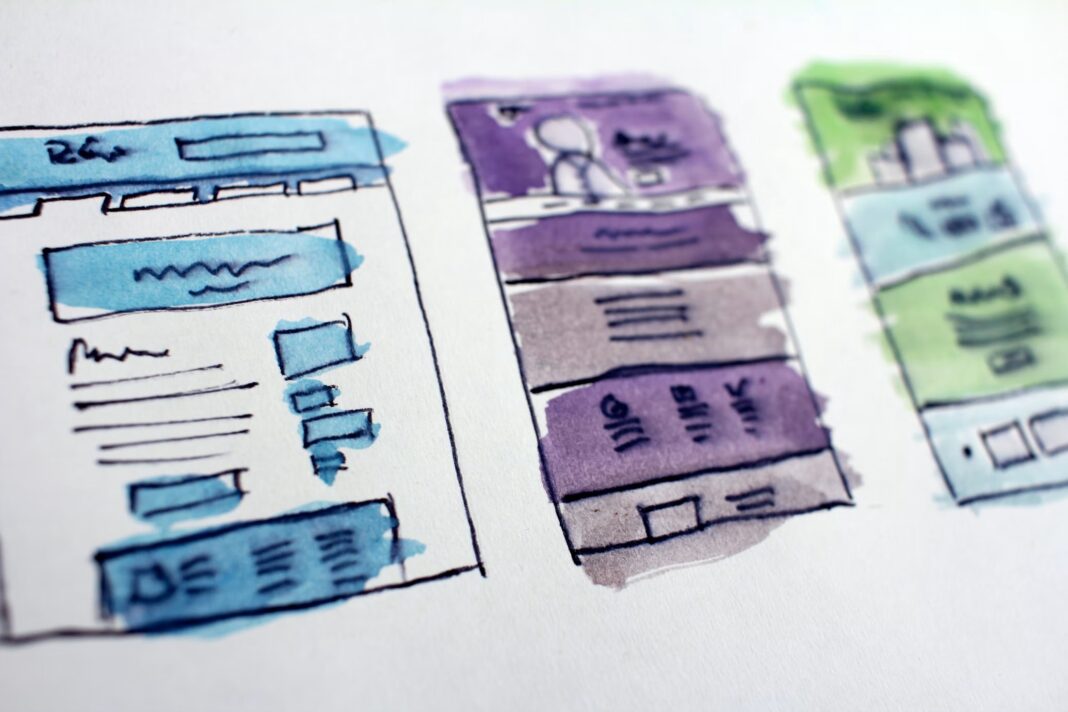Each of us uses the Internet every day, and even now you are reading this text right on a web page. And it is likely that after you are done with the article, you will switch to an online store to scroll through the selection of products or go to a travel agency website to choose a destination for your next vacation. So, to make visiting web platforms and choosing specific services pleasant and convenient for you, the concept of user-friendly web design was created.
UX Design Basics
When using a website, a person is guided by the following points that convince him or her to stay longer on the resource:
- Fast download speed: Every page must function as fast as possible, even if achieving high speed requires sacrificing high-quality animations.
- Easy to understand interface: Clarity and accuracy in navigation are two features of a perfect interface.
- Professional optimization for various devices: Every thriving website has versions for popular devices that work perfectly fine.
- Stylish design based on an intelligent color selection and the latest UI trends: Selecting vibrant and popular colors and pairing them with trends boosts the interface significantly.
- High-quality content: The page must present information clearly and have a striking visual component. It’s not enough to pick a viral shade related to, say, maroon HEX color code and neglect to generate mind-boggling and valuable text-based content. Symbiosis is essential.
UX or, in other words, user experience is fundamental when creating a web page for any business. It helps your customers find what they are looking for quickly and easily, as time and speed are of the essence these days. Also, a user-friendly design helps to expand a target audience, which has a positive effect on various indicators, such as search rankings, sales volume, and others. If a site is not convenient to use and visitors cannot find a button or an order form right away, this leads to a significant loss of income and a decrease in trust.
What Do Search Engine Optimization and User Experience Have In Common?
It is worth starting with the fact that they have a common goal – to satisfy the Internet user. SEO is responsible for moving your website to the top of search results, while UX plays a role in ensuring that the user clicks on the website and finds the information they need faster. By combining proper UX design and SEO strategies, you work towards delivering the best possible experience to visitors of your page. These techniques aim to get your users interested in the content, which should lead to a greater flow of customers to your business website, more conversions, and higher revenue. The two elements must work together for your website to get a high ranking and steady organic traffic.
How Does Website Design Affect Search Engines?
A thoughtful website design affects the behavior of visitors, and it is directly related to effective SEO promotion, and, therefore, to attracting customers and increasing sales. A site should be made as user-friendly and understandable as possible.
Search engines do not see or evaluate the design of a site but work based on a list of SEO factors, which play a key role in ranking. The list includes an analysis of the internal structure, user interaction, and other things.
From a technical point of view, it is important to have an SSL certificate and CSS and HTML codes written to meet standards. A memorable and relevant URL, as well as a high download speed, has a direct impact on behavioral factors. This includes the number of page visitors, time spent on the site, bookmarking, returns, and overall user activity on the resource. The above is influenced by the diversity and quality of content, the correct use of internal and external links, the general website usability, customer reviews, and so on.
UX Design as Part of SEO
Proper UX design ensures that a web page loads in the shortest possible time. In an ideal scenario, the time allotted for opening pages and fully loading their content should not exceed 3 seconds. Otherwise, users can leave the platform and go to look for the information they need on another page that responds faster.
It will be easy for users to navigate your site if the information on the pages is clearly displayed and easy to retrieve while it contains both text and visual elements. This ease of use is what allows search engines to find your website and promote it higher in their search results.
UX designers have to decide where and which block of content to place, how to design a user account, and what elements, in general, should be used on each page. If the job is done properly, they minimize the number of clicks between the main page and the place where information/service necessary for users is located. UX design should ensure that the menu is well-organized and not overly complex. This allows users to efficiently find pages they need.
To Sum Up
User experience is something that a business owner should pay special attention to when drafting a task for a website developer. It defines whether a potential client will be satisfied when using your platform, how this will eventually affect the growth of the page’s popularity, and whether your undertaking will bring you profit.


